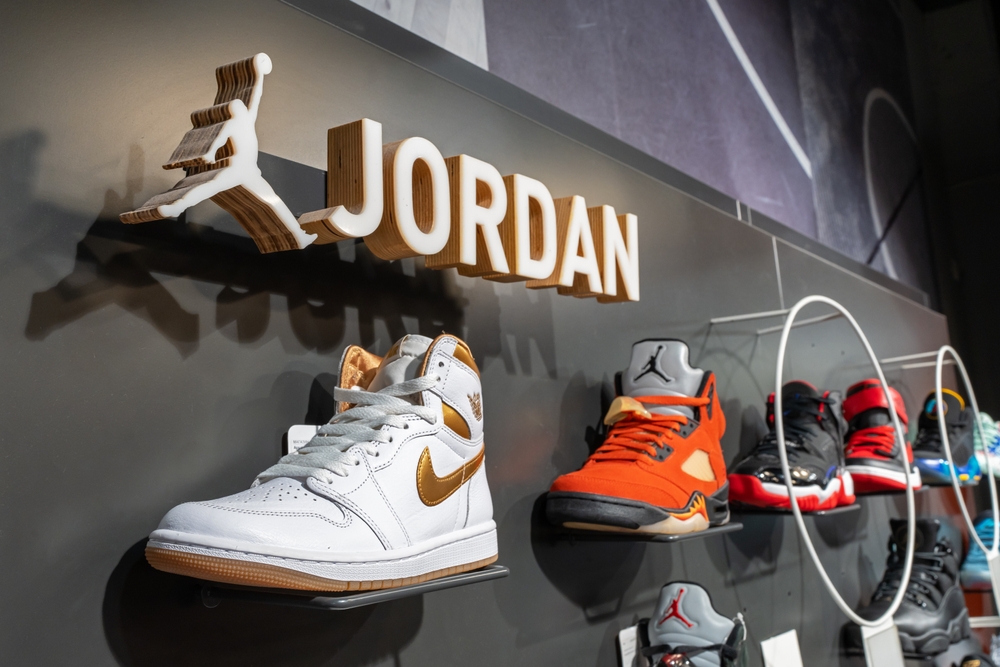In these ever-shifting economic times, people are keeping a keen eye on their wallets. Inflation is no longer an abstract concept but a reality that touches everything from grocery bills to utility costs. Whether you’re stocking up on essentials or investing in quality goods, knowing when to buy might save you a pretty penny. Here’s a list of items that are likely to see price hikes soon, so consider grabbing them now while they’re still affordable. Dive in and see where you might want to spend your hard-earned cash before it costs you more.
1. Pantry Staples
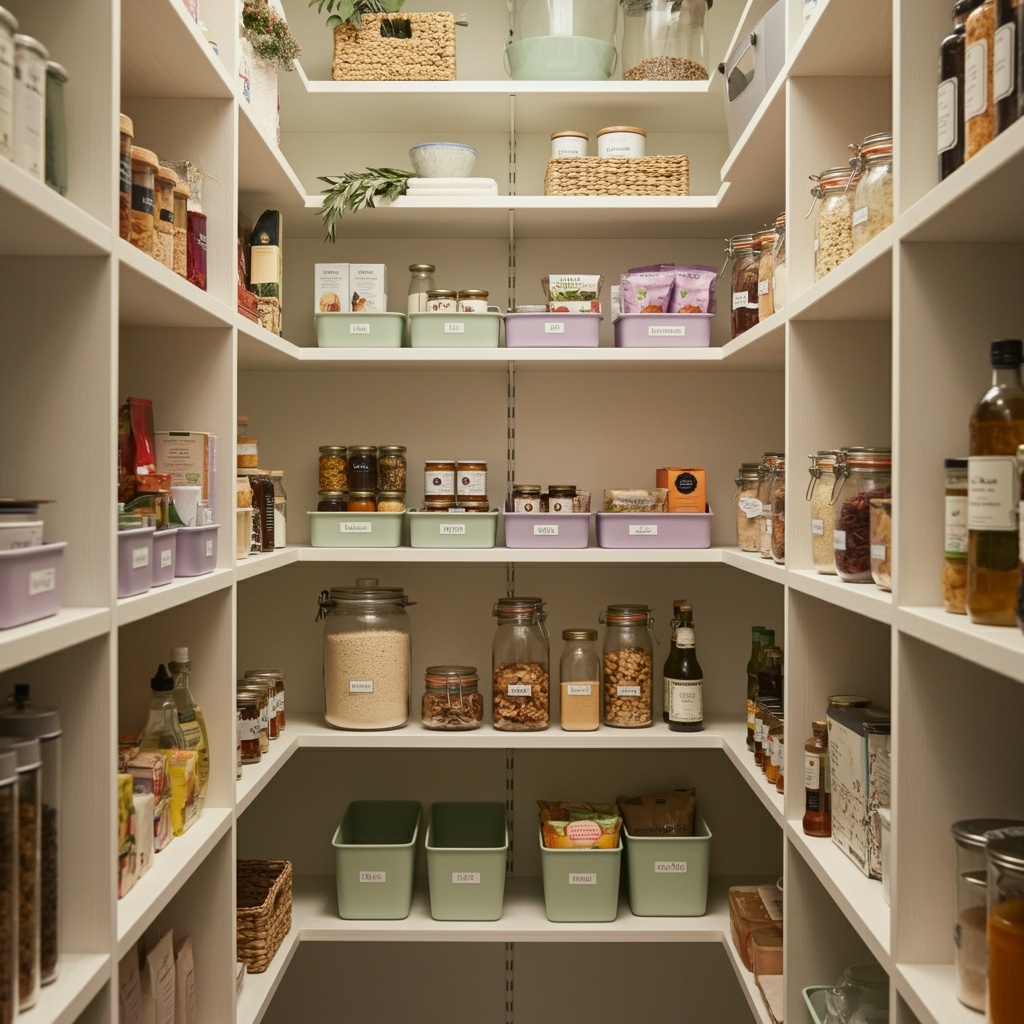
Stocking your pantry isn’t just about preparing for a rainy day anymore. With global supply chains facing disruptions, basic items like rice, pasta, and canned goods are becoming pricier. The reasons range from unpredictable weather affecting crops to transportation challenges. According to the USDA, food prices in the U.S. have been climbing steadily, making it smart to secure these essentials now. Filling your cupboards today could ease the strain on your wallet tomorrow.
But it’s not just about hoarding; it’s about smart planning. When you find non-perishable goods on sale, consider purchasing a bit more than usual. These items have long shelf lives and can be a lifesaver during unexpected shortages. Plus, having a stocked pantry can reduce spontaneous trips to the store, saving you time. Planning ahead never tasted so good—or saved you so much money.
2. Home Improvement Supplies

With more people spending time at home, DIY projects are on the rise. Whether you’re looking to upgrade your living space or tackle necessary repairs, buying supplies now could save you cash. The demand for lumber and other home improvement materials has skyrocketed, leading to price inflation. This trend shows no signs of slowing, making it wise to buy what you need sooner rather than later. Waiting might only lead to higher costs and potential delays in your projects.
Investing in quality tools and materials now means you’re prepared for whatever home project comes your way. If you’ve been planning to renovate or just fix that leaky roof, consider it an investment into your home’s value. Plus, doing it yourself can often be cheaper than hiring a professional. Just ensure you’re equipped with the right materials before their prices spike further. Your future self—and your home—will thank you.
3. Electronics

Gadgets are not just luxury items but essentials in today’s digital world. Whether you’re eyeing a new laptop for work or a smart TV for entertainment, electronics are seeing price increases due to semiconductor shortages. Dr. Lisa Su, CEO of AMD, noted that these shortages might extend well into next year, affecting everything from computers to home appliances. This constraint on supply means prices are less likely to dip anytime soon. If there’s a gadget you’ve been considering, now might be the time to make that purchase.
The world of electronics is ever-evolving, with new models and updates coming out regularly. While it’s tempting to wait for the latest version, the price of waiting could outweigh the benefits. If you spot a good deal on a device that meets your needs, it might be wise to act swiftly. With ongoing shortages, waiting for a better price might not be the best strategy. Keeping up with tech doesn’t have to break the bank if you plan wisely.
4. Fitness Equipment

Home gyms have become all the rage, with people investing in their health more than ever. The pandemic has shifted many fitness routines from gyms to living rooms, increasing demand for equipment like weights, treadmills, and yoga mats. This surge in popularity has inevitably led to higher prices for these items. If you’ve been thinking about building or expanding your home gym, buying sooner might be financially prudent. The demand isn’t expected to wane, so prices likely won’t, either.
Beyond the current market, your health is an investment worth making. Having fitness equipment at home can provide convenience and motivation to stay active. Even basic items like resistance bands and dumbbells can make a big difference in your routine. As the saying goes, health is wealth, and ensuring you have the tools you need could save you on potential future healthcare costs. Plus, it eliminates excuses, keeping your fitness journey on track.
5. Clothing And Apparel

Fashion is cyclical, but the cost of clothing has been on a consistent rise. Supply chain issues, coupled with increased demand as people return to public life, have impacted prices. Jane Smith, a fashion industry analyst, suggests that these disruptions could continue for months, affecting everything from casual wear to high-end fashion. Shopping now for seasonal essentials might be a wise move to avoid paying more later. Plus, with sales constantly changing, you might snag a great deal if you act quickly.
Fashion trends come and go, but having a wardrobe stocked with versatile pieces can keep you stylish without constant spending. Opt for classic items that can be mixed and matched easily. Investing in quality over quantity often means longer-lasting wear, saving you money in the long run. Keep an eye out for sales and discounts that can help you update your wardrobe without breaking the bank. Smart shopping means staying ahead of price hikes while still looking your best.
6. Furniture

Furnishing your home is an exciting endeavor, but it can be a costly one too. The pandemic has increased demand for comfortable, homey environments, driving furniture prices up. Materials like wood, metal, and foam have become pricier, affecting everything from sofas to bed frames. Investing in furniture now might save you from spending extra down the line. Not to mention, having the right pieces can make your space feel complete and provide comfort for years to come.
While trends in interior design shift, quality furniture remains timeless. By choosing durable and classic pieces, you ensure they withstand both time and evolving styles. Additionally, buying furniture on sale or from reputable secondhand stores can offer significant savings. Whether you’re redecorating or moving into a new space, carefully selecting your furnishings is key. Remember, your home should be a reflection of you, made all the more special by the pieces you choose.
7. Travel Gear

As the world gradually opens up, people are itching to travel again. With this renewed fervor comes an increased demand for travel essentials like luggage, backpacks, and travel-sized toiletries. A study by the Global Business Travel Association indicates that travel-related costs are expected to rise steadily in the coming months. If adventure is on your horizon, securing your gear now might be both practical and budget-savvy. Besides, having reliable equipment can make your travel experience smoother.
While travel plans might still seem uncertain, being prepared can fuel your wanderlust. Investing in durable, high-quality gear means you’re ready to hit the road whenever the opportunity arises. Consider timeless items that can serve well for years, providing both comfort and functionality. And remember, sometimes the smallest details, like a good neck pillow or a sturdy suitcase, can make the biggest difference. Exploring the world shouldn’t be marred by last-minute shopping stress or inflated prices.
8. Baby Products

If you’re welcoming a new addition to your family, you’ll notice that baby products can quickly add up. Items like diapers, cribs, and strollers are essential but have been experiencing price increases due to resource shortages and high demand. Planning ahead and purchasing these essentials before prices spike further could save you money. Moreover, stocking up on non-perishables like diapers and wipes can ensure you’re always prepared.
Just like anything else, quality plays a significant role in baby products. Investing in durable, safe items ensures they’re up to the task of supporting your child’s early years. Additionally, buying secondhand or during sales can provide significant savings. Preparing for a baby is a joyful but often overwhelming experience, and being proactive can alleviate some financial stress. After all, the focus should be on cherishing those precious moments, not worrying about expenses.
9. Appliances
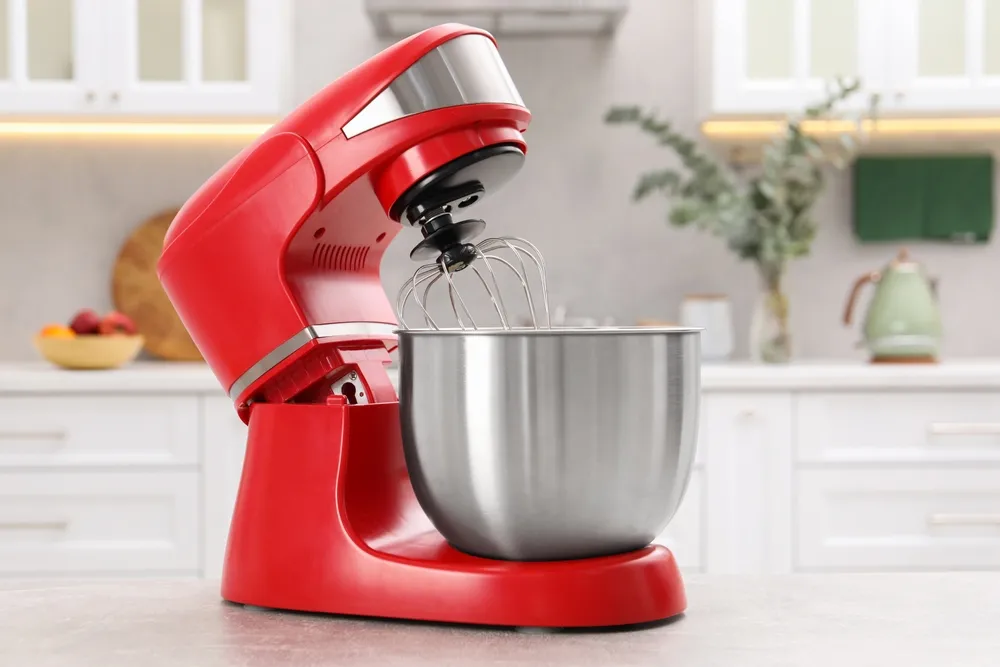
The backbone of any home, appliances are crucial but can also be costly. Supply chain issues have not spared this sector, with many appliances seeing price hikes and delivery delays. If you’re considering upgrading your kitchen or laundry room, acting now may prevent higher costs later. Investing in energy-efficient models can also save you money on utility bills in the long run. A well-timed purchase today could mean more savings tomorrow.
While appliances are often long-term investments, the initial cost can be daunting. Fortunately, sales events and holiday discounts can make such purchases more affordable. Opt for reliable brands known for durability and performance, ensuring that you get the most for your money. Keeping an eye out for warranties and service plans can provide additional peace of mind. Your home runs smoother with the right appliances, so timing your purchase wisely is key.
10. Pet Supplies

For many people, pets are family, and their needs shouldn’t be overlooked. Pet food, accessories, and grooming supplies have been creeping up in price due to increased demand and production costs. Ensuring you have what your furry friend needs might mean purchasing these items now before they become more expensive. Additionally, bulk buying pet food or litter can lead to cost savings.
Caring for a pet is a responsibility that comes with financial considerations. By staying ahead of price increases, you ensure your pet gets the best without straining your budget. Consider rotating toys or DIY projects to keep your pet entertained without constantly spending on new items. Planning and smart shopping can help manage costs while ensuring your pet’s health and happiness. After all, a happy pet often means a happy home.
11. Auto Parts And Accessories
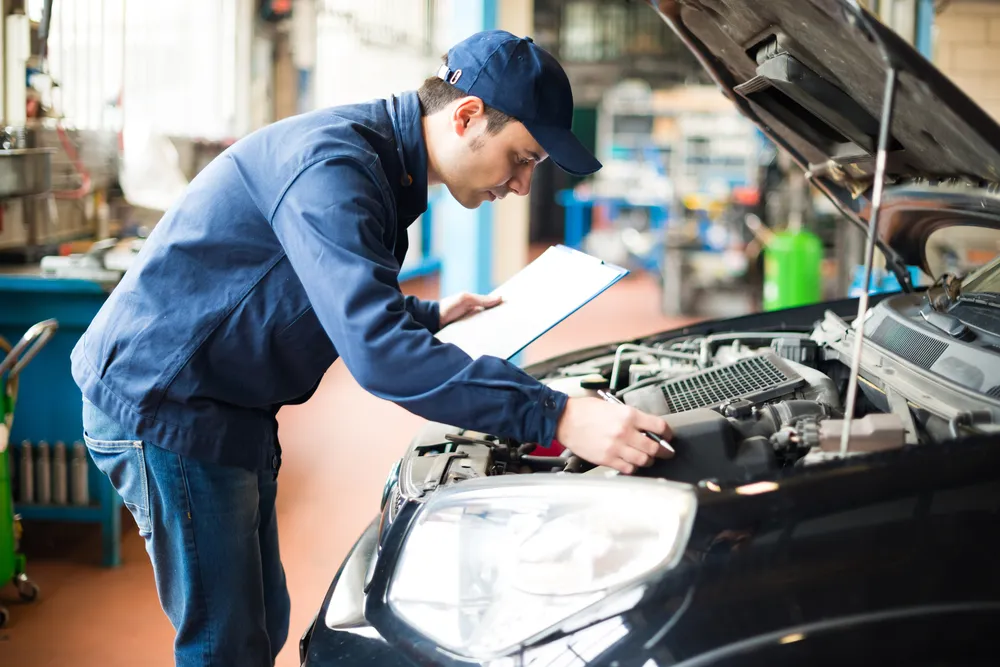
Car ownership isn’t just about fuel and insurance costs. Maintaining your vehicle also involves spare parts and accessories, which have been seeing price hikes. Global shortages of certain materials, like rubber and semiconductors, have made auto parts more expensive. If your vehicle needs a tune-up or new accessories, handling it now could save you from inflated prices later. Regular maintenance is crucial for safety and efficiency, so being proactive pays off.
The world of auto parts is vast, but focusing on quality is critical. Cheap parts might save money initially, but could lead to more frequent replacements or even damage. Shopping from reputable sources and keeping an eye out for sales can help you get the best deals. Additionally, understanding your vehicle’s needs aids in making informed purchasing decisions. Your car is an investment, and maintaining it well ensures it serves you reliably.
12. Beauty And Personal Care Products
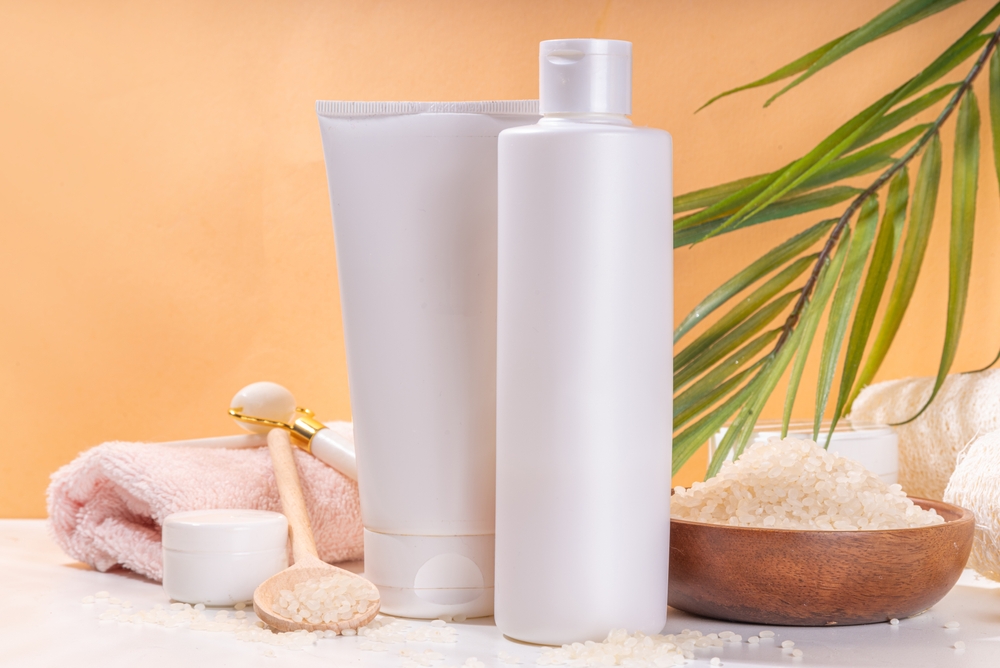
Self-care is crucial, but it doesn’t have to break the bank. Beauty and personal care products, ranging from skincare items to grooming tools, have seen price bumps due to increased demand. Treating yourself to these essentials now might avoid spending more down the line. Besides, a well-stocked personal care stash can keep you feeling your best.
While trends in beauty come and go, certain staples remain timeless. Investing in quality products ensures they last longer and perform better. Shopping around for deals or buying in bulk can lead to cost savings. Keeping an eye on expiration dates ensures you use products efficiently and avoid waste. Ultimately, smart shopping in this area enhances your routine and boosts your confidence.
13. Books And Educational Materials

As more people embrace lifelong learning, the demand for books and educational materials has risen. This trend, coupled with supply chain issues, has led to increased costs in this industry. Investing in these materials now ensures you feed your intellectual curiosity without overspending. Consider exploring digital options, which often offer savings over physical copies.
Investing in education, whether for personal growth or career advancement, is always worthwhile. Libraries and secondhand stores can provide more affordable options. Additionally, subscribing to digital platforms can give you access to a world of knowledge at a fraction of the cost. Planning purchases around sales or using loyalty programs can maximize your budget. Education is a gift that keeps on giving, and being strategic with spending makes it more accessible.
This article is for informational purposes only and should not be construed as financial advice. Consult a financial professional before making investment or other financial decisions. The author and publisher make no warranties of any kind.






